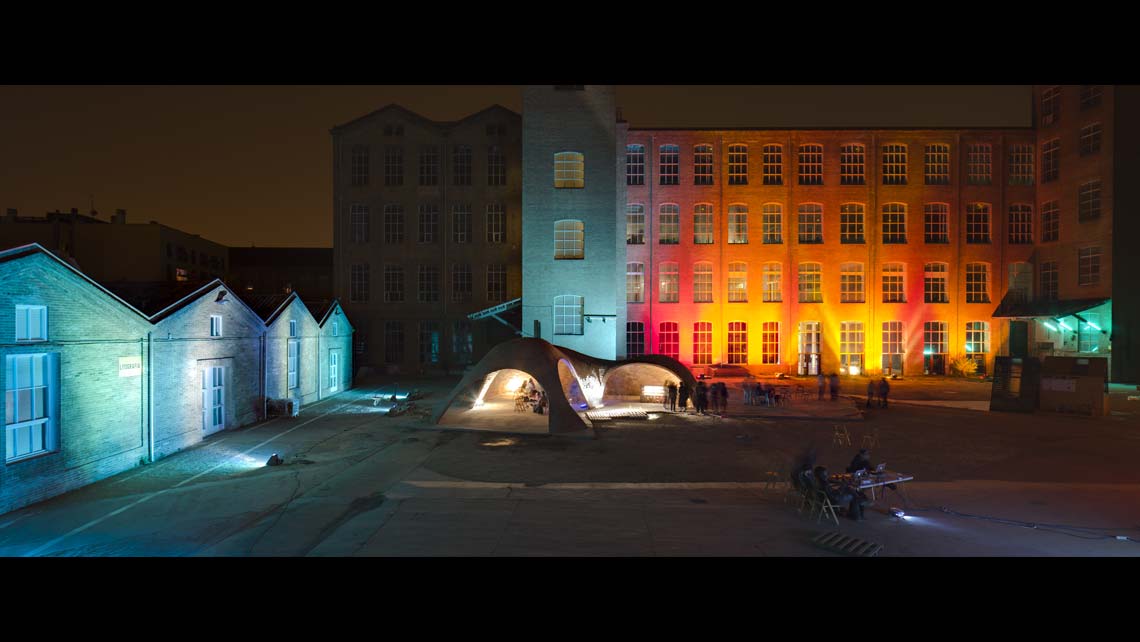
Lupercales is a collective project led by Alberto Barberá, Irene Bas, Alvaro Valdecantos and Paolo Portaluri, lighting designers and photographers.
Our proposal is an empirical programme about a perception-oriented lighting design in urban areas and community engagement on designing the use of public spaces. We see lighting interventions as a way to detect critical situations and test reactivation strategies for public spaces.
Education is consequently part of our commitment and strategy. We address designers, architects, technicians, artists, citizens and everyone interested in the use of public space to attend their practical workshops and create interventions that can have a relevant and positive influence in the society.
The main objective of these interventions tries to transcend the ephemeral, the eventual, even the artistic motivations, and become a full-scale metaphor of “lighting as it could be”.
Ephemeral interventions will allow us to create temporary spaces of communication and relationship that would give us access to the relevant information we need for the real planning of the spaces. Applying the urban tactics slogan “short-term action for long-term-change”, our installations are ephemeral in time, but focused to obtain a durable effect: ideas that can turn into real projects and processes that can serve as guide for lighting designers.
We want to work from the context, from the conversation with people and their environment. We record the analysis process, the results, the multiple views, as a collection of data, sketches, images, videos, useful material to get conclusions directly from the practice and to apply these conclusions to further actions and research.
We want to communicate the importance of light to the communities, giving them the cultural tools and skills to understand, or even modify, the use of public space according to their real needs. For this reason, it’s very important for us to establish a method to impulse knowledge transfer among the various actors participating in the process, and to propose situations where administrations, citizens, technicians and designers could meet.
The main points of our empirical research are:
- First of all, it is possible to light up the urban/human environment provoking the citizens to get involved in the changes affecting the image of their cities at night.
- The participatory design processes applied to lighting design can drive to further development of a conscious audience (i.e. markets). This enablement leads to a demand that is based in facts, more difficult to satisfy, and this means that the lighting design profession should evolve to satisfy this higher demand.
- We have arranged a number of ephemeral lighting interventions on public space that demonstrated that another lighting is possible, affordable and desirable, specially in heritage sites and places where reactivation through urbanism is needed. Technological progress in lighting is an opportunity for everybody, but it should be followed with changes in the design approach.
We believe this modus operandi to be a valuable tool to open our professional practice so as to reach wider audiences and improve business expectations.








